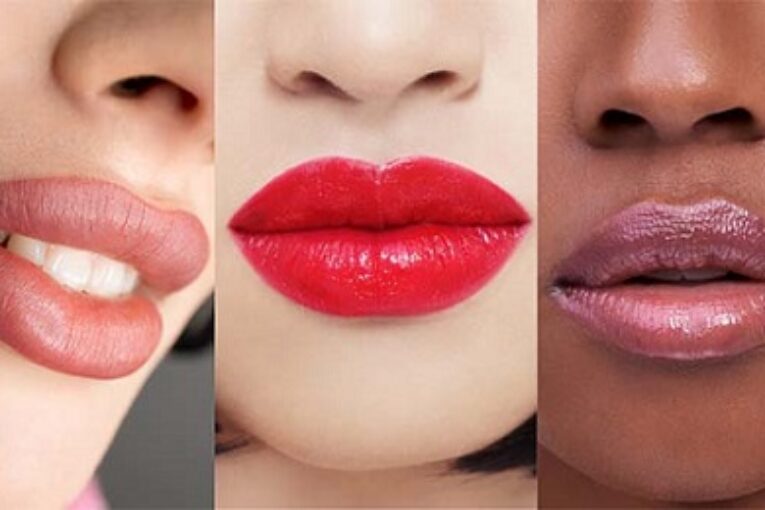
Imagine having a perfectly-tinted pout that lasts for years without the need for lip glosses or tinted lip balms. Enter lip blushing: a semi-permanent cosmetic procedure that adds a natural pink hue and the appearance of fuller lips, akin to a tattoo. With lip blushing, you can enjoy long-lasting vibrant lip color, leaving traditional lipsticks on the sidelines.
Before committing to any cosmetic treatment that involves even a minor degree of permanence, it’s crucial to do your due diligence.
What is lip blushing?
Lip blushing is a semi-permanent tattoo process that boosts the shape and color of lips. Ink is deposited into the lip with a needle similar to permanent tattooing, says Dr. Farhang. If you’re expecting a bold lipstick pigment once healed, keep in mind that lip blushing is meant to give lips a natural-looking color since it fades with time.
How long does a lip blush last?
The average lip blushing lasts around two to four years, though it can differ for each person. To extend both its freshness and lifespan, Kondratyev recommends annual touch-ups. These sessions are quite common but not needed in high frequency, according to Swissa. Lifestyle, like how you care for your lips (including your skincare routine and sun exposure), can certainly affect the longevity of the lip-blushing treatment, she says.
How much does lip blushing usually cost?
Higher artist skill levels (plus their location) can bump up the cost. That can near $1,000 on average. Some shops, like Kondraytev’s, cost up to $600 for the first session, plus $250 to $300 for any additional sessions or annual refreshes needed to achieve your ideal look. Other places, like Swissa’s, may charge about $1,000 to $1,200 for the entire visit, including a complimentary touch-up.
Is lip blushing risky?
One risk Swissa flags is among patients prone to cold sores or herpes. “Outbreaks are triggered by heat and stress, which is exactly what the lip-blushing procedure incites,” she says. “Multiple passes with a fine needle can aggravate the area and create the conditions for an outbreak.” A strict pre- and post-care medication regimen can help prevent this.
“Other constraints include those pregnant or breastfeeding and those that have been on isotretinoin for the last 12 months,” adds Dr. Farhang. She also cautions those who have darker skin tones to keep in mind that severe hyperpigmentation can occur. If needed, a dermatologist may be able to prescribe topical treatments that can help lighten the color.
-goodhousekeeping




